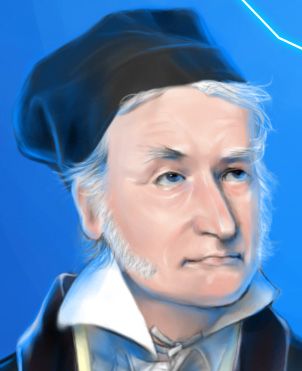 Karl Friedrich Gauss 1777 - 1855 Karl Friedrich Gauss 1777 - 1855
Considered to be one of the three greatest mathematicians in history. Known for constructing a regular 17-sided polygon with only a compass and ruler (this feat was never discovered since the Ancient Greeks, who knew only up to 15 sides), concluding that any polygon with the number of sides equal to a Fermat prime can be constructed, works in his Disquisitiones Arithmeticae on number theory, developed the modulus notation, discovered the fundamental theorem of algebra, calculated the orbit of Ceres, various works on electromagnetism and geodesy, invented the heliotrope, and other contributions too numerous to mention. Did not publish his thoughts on non-Euclidean geometry for fear of being rejected. Considered to be the last universalist before Poincare. |
  Isaac Newton 1642 - 1727 Isaac Newton 1642 - 1727
The second of the three greatest mathematicians in history. Known for discovering gravity, various works in physics, co-inventor of calculus and his best works, Principia. He worked alone. He invented his own telescope and discovered the binomial theorem. He hates disagreeing with people because he hates being wrong; that's why people say he's nasty. But he claims that his work is akin to sitting on the edge of the ocean picking up seashells, never knowing what lies at the bottom of the ocean. |
  Archimedes ~ 287 - 212 BC Archimedes ~ 287 - 212 BC
The last of the three greatest mathematicians in history. Known for developing the concept of the lever, inventing the screw pump, ratios of volumes between spheres and cylinders. Rumored to have run through the streets screaming "Eureka!" at the discovery of a method of determining gold from fake gold. He was killed by a soldier during war; the cause of this dispute is unknown; either the soldier had stepped on his work on the ground and angered him, or he had refused to go with the soldier in order to finish the solution to his math problem. He also liked doing math everywhere; if there was soot nearby, he'd write in it. He even wrote in the oils on his skin, which was applied after bathing as is the custom in Ancient Greece. |
  Leonhard Euler 1707 - 1783 Leonhard Euler 1707 - 1783
"Analysis Incarnate", as some call him. Known for various works in number theory, the sum of 1/n^2, development of the concept of functions with D'Alembert, and capable of calculating large calculations entirely in his head. Liked children and had many of them. Slowly went blind, and was completely blind by the time he was 70. His blindness did not hinder his mathematical insight, but rather, it increased after he became blind. |
 Jules Henri Poincare 1854 - 1912 Jules Henri Poincare 1854 - 1912
Considered to be the last universalist in mathematics. Known for conjecture on three body problem and concepts related to the development of relativity theory--some say that he should deserve all the credit for it instead of Einstein. The circle slightly above him is a Poincare disk model, used to visualize lines in a sphere in hyperbolic geometry. |
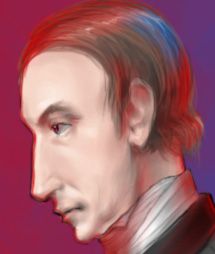 Augustin Louis Cauchy 1789 - 1857 Augustin Louis Cauchy 1789 - 1857
A contemporary of Gauss. Known for developments in calculus including certain concepts of limits and continuity, some algebra and complex analysis. The formula next to him is known as Cauchy's Theorem, used in complex analysis, and below it, the well known Cauchy's inequality. |
 Bernard Riemann 1826 - 1866 Bernard Riemann 1826 - 1866
A German mathematician whose originality in thought impressed Gauss. Known for ideas in non-Euclidean geometry and integrals. He died young from illnesses. The sphere next to him is a stereographic projection of a Riemann sphere. |
 Georg Cantor 1845 - 1918 Georg Cantor 1845 - 1918
A German mathematician whose methods were consistently criticized by Kronecker. However, he is known for developing the concept of set theory. Though his ideas were accepted by Hilbert and other great mathematicians, he could not get over Kronecker's criticism and admitted himself to a mental institution. The fractal next to him is a Cantor set. |
 Arthur Cayley 1821 - 1895 Arthur Cayley 1821 - 1895
A British mathematician. Found the theory of invariants with his friend Sylvester, and succeeded in having women admitted to Cambridge. Also known for the concept of n-dimensional geometry. |
 William Rowan Hamilton 1805 - 1865 William Rowan Hamilton 1805 - 1865
Considered to be the greatest Irish mathematician. By the time he was 14, he knew as many languages as he was old. Known for discovery of complex variables in the fourth dimension and the algebra of quaternions, the former of which he discovered when he could not find a way to represent complex variables in the third dimension. Had drinking problems in his later life. |
 Ferdinand Gotthold Max Eisenstein Ferdinand Gotthold Max Eisenstein
A brilliant mathematician and pupil of Gauss. His mentor considered him to be one of his greatest students and one of the greatest mathematicians. Unfortunately, he died young. |
 Blaise Pascal 1623 - 1662 Blaise Pascal 1623 - 1662
Originated the mathematical theory of probability. Was a French mathematician who posed cycloid problems to other mathematicians and also known for his converse of Descargues' theorem in projective geometry. The triangular array of numbers in front of him is Pascal's triangle, and are also the coefficients of the terms in a binomial expansion. |
 Niels Henrik Abel 1802 - 1829 Niels Henrik Abel 1802 - 1829
A Swedish mathematician who lived in poverty. He taught math and did some work on algebra. He died young before his contemporaries could give his work recognition. |
 David Hilbert 1862 - 1943 David Hilbert 1862 - 1943
One of the successors to Gauss' former position as the director of the observatory at Gottingen. Made some contributions to algebra. Supported Cantor's set theory. Tried unsuccessfully to get Emmy Noether a faculty appointment at Gottingen. He was also known to be slow at grasping new concepts in an attempt to understand it completely. |
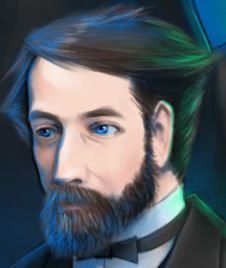  Felix Klein 1849 - 1925 Felix Klein 1849 - 1925
Another of Gauss' successors at the observatory of Gottingen. Made contributions to algebra, and also known for the concept of a Klein bottle (pictured). |
 Gottfried Wilhelm Leibniz 1646 - 1716 Gottfried Wilhelm Leibniz 1646 - 1716
One of the founders of calculus with Newton. However, the competition between himself and Newton was bitter. He was also skilled in other areas besides mathematics, including philosophy, politics, law and history. |
  Rene Descartes 1596 - 1650 Rene Descartes 1596 - 1650
Well known for his phrase, "Cogito ergo sum" and the Cartesian coordinate system, thereby creating an entire system of geometry. The phrase is often misinterpreted to mean one exists because he thinks, but it means that the act of thinking is the only truth that exists. |
 Evariste Galois 1811 - 1832 Evariste Galois 1811 - 1832
A brilliant mathematician whose genius was not well recognized. His examiners had difficulty understanding his explanations, and he often proclaimed most of them were so easy as to not require an explanation. He wrote very little in his career and accurately predicted he would die in a duel. Known for work in group theory, Galois theory and algebra. |
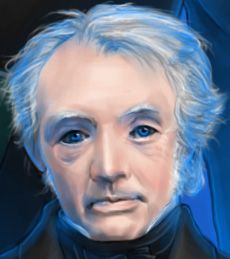  August Ferdinand Mobius 1790 - 1868 August Ferdinand Mobius 1790 - 1868
A German mathematician from whom the Mobius strip is named after. The Mobius strip is an object which has only one side. Also made contributions to algebra. |
  The Bernoullis (Jacob 1654 - 1705 (pictured left), Johann 1667 - 1748 (pictured right) and Daniel 1700 - 1782 pictured (below)) The Bernoullis (Jacob 1654 - 1705 (pictured left), Johann 1667 - 1748 (pictured right) and Daniel 1700 - 1782 pictured (below))
The Bernoullis are a family of brilliant people, some of which are mathematicians. Daniel Bernoulli was the son of Johann Bernoulli, and made many contributions to applied mathematics. His father and Jacob Bernoulli were in competition with each other, and fought often. One of their disputes involves the question of what shape a string should be in order for a bead to travel from one end to the other most quickly (the correct answer is a cycloid). Daniel Bernoulli was often excluded from disputes between Euler and D'Alembert. |
  |
 Peter Gustav Lejuene Dirichlet 1805 - 1859 Peter Gustav Lejuene Dirichlet 1805 - 1859
One of Gauss' pupils, whose works in number theory were inspired by his mentor. Apparently, on his jubilee lecture, Gauss wanted to burn the original of his Disquisitiones Arithmeticae, and was about to light his pipe with it, when Dirichlet saw him doing that and saved the original in time (I don't actually know if this is true though; I read it somewhere). |
 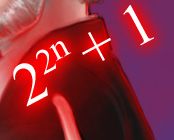 Pierre de Fermat 1601 - 1665 Pierre de Fermat 1601 - 1665
Considered to be the greatest mathematician of the seventeenth century. Known for his work in number theory, and his last theorem (which he claimed to have proven, but no evidence of this has been found), which has caught the attention of many mathematicians and other challengers. He also created the Fermat primes, which have later been shown not to be primes. Gauss was not interested in proving his last theorem. |
  Pythagoras 572 - 492BC Pythagoras 572 - 492BC
His well known theorem regarding right angle triangles is actually a proof of a Babylonian theorem. However, he is credited for his abstraction of numbers, including the property of even or odd numbers. He suggests that all things are considered to be numbers. |
 Pierre-Simon de Laplace 1749 - 1827 Pierre-Simon de Laplace 1749 - 1827
A French mathematician who made many contributions to mathematical astronomy and physics. Known for his Laplace equation in calculus and Laplace transforms. Some consider him to be as great a scientist as Newton, and call him a French Newton. |
 Joseph-Louis Lagrange 1736 - 1813 Joseph-Louis Lagrange 1736 - 1813
A mathematician with bad eating habits. He first proposed the mean value theorem in calculus, and did a little bit of work on number theory. However, his Mecanique is consider his best work. |
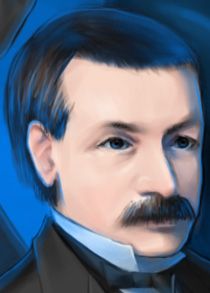 Leopold Kronecker 1823 - 1891 Leopold Kronecker 1823 - 1891
A mathematician who did work in algebra and number theory. He mastered Galois' theory of fields before others, but was critical about using mathematicians using irrational numbers, and said mathematics should be based on relationships between integers; he said to Lindemann that irrational numbers don't exist. He was also critical towards Cantor, and did not agree with his concepts. this eventually caused Cantor to admit himself to a mental asylum. |
 Carl Gustav Jacob Jacobi 1804 - 1851 Carl Gustav Jacob Jacobi 1804 - 1851
A mathematician whose reputation is often mistaken with his brother's. Known for his work in number theory, algebra and Abelian functions. |
 |
 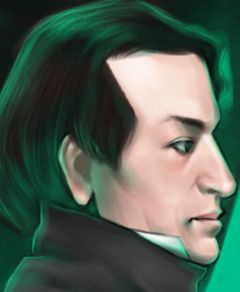 Janos Bolyai 1802 - 1860 and Nikolas Ivanovitch Lobatchewsky 1793 - 1856 Janos Bolyai 1802 - 1860 and Nikolas Ivanovitch Lobatchewsky 1793 - 1856
Both mathematicians were the first to introduce the concept of non-Euclidean geometry to the public (remember that Gauss did not do this). Their ideas were challenged due to the popularity of Kant's Critique of Pure Reason, in which the idea of non-Euclidean geometry would be made absurd. While Gauss commended both mathematicians for their work, only Lobatchewsky received support from Gauss in being admitted to Gottingen, but in his letter to Bolyai, Gauss claimed that giving credit to him would be like giving credit to himself. Lobatchewsky also challenged Euclid's fifth postulate, using non-Euclidean geometry for counter examples. |
|
 Emmy Noether 1882 - 1935 Emmy Noether 1882 - 1935
A mathematician who was one of two female students out of a thousand students in the university of Erlangen. She was influenced by Hilbert and Klein, and although Hilbert tried to help her get an appointment in Gottingen, he did not succeed. She is known for her original work in noncommutative algebra. |
  Sophie Germain 1776 - 1831 Sophie Germain 1776 - 1831
A mathematician whose parents discouraged her from pursuing the sciences. She was influenced by Gauss' work in number theory, and when she made some discoveries on quadratic reciprocity, she wrote to Gauss about them under the disguise of a man (because she feared he would not accept her if he knew her gender). However, when she did reveal her identity, Gauss was impressed with her work and admired her even more because it would have been harder for a woman to succeed in sciences, due to society's prejudices. |
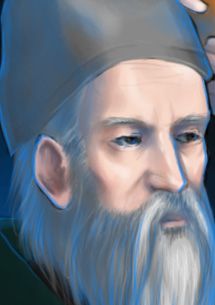 Euclid ~325 - 265BC Euclid ~325 - 265BC
A Greek mathematician known for his works in geometry in The Elements. His works, however, are restricted primarily to plane geometry, and some of his postulates, including the last one do not work on non-planar surfaces. However, his ideas in geometry have been well accepted for centuries. |
 Adrien Marie Legendre Adrien Marie Legendre
A mathematician with some works in number theory. His theory of quadratic reciprocity was never successfully proven by himself, but by a younger Gauss, whom Legendre was mostly jealous of. |
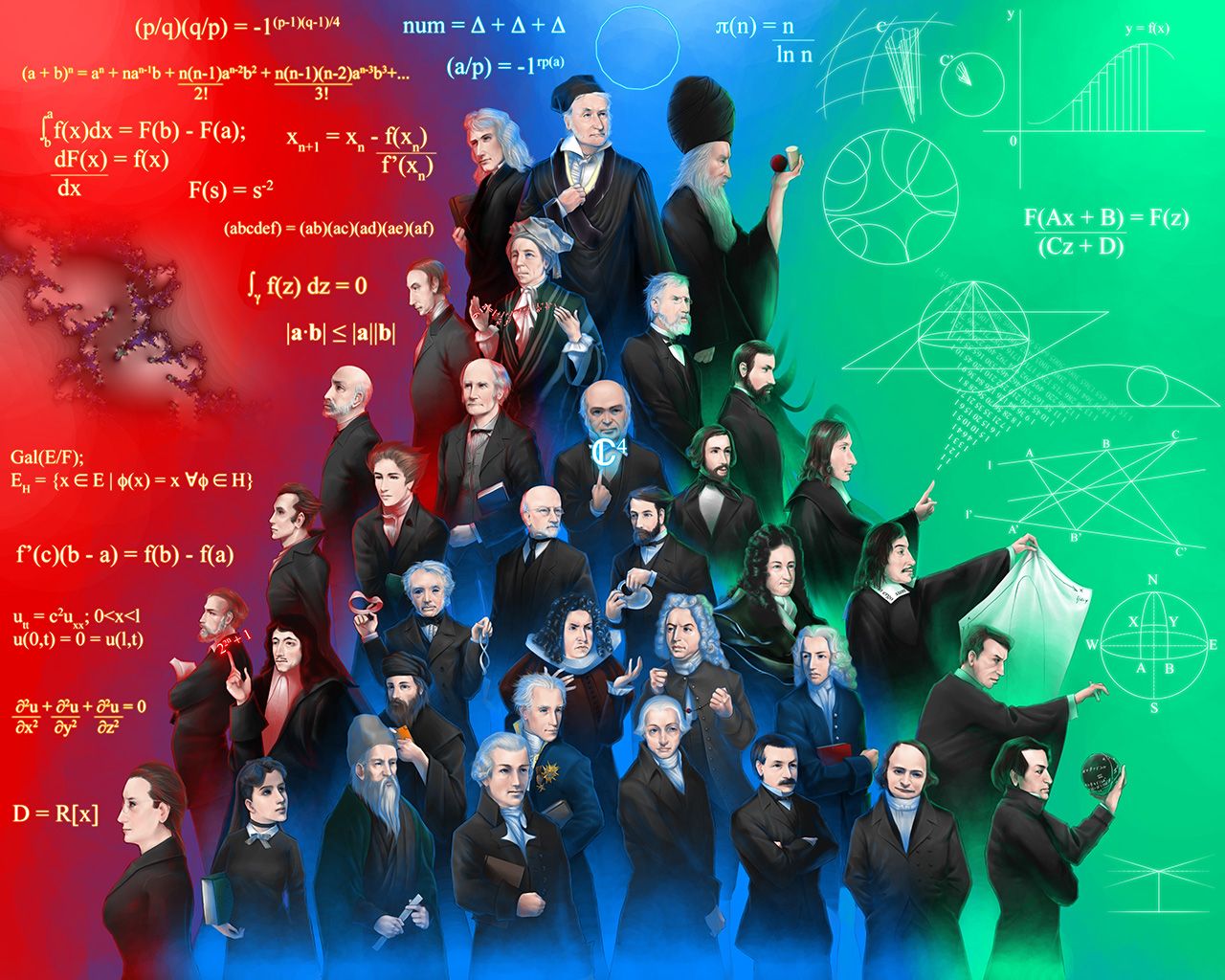



















































 浙公网安备 33010602011771号
浙公网安备 33010602011771号